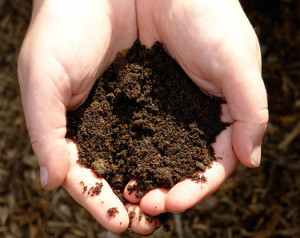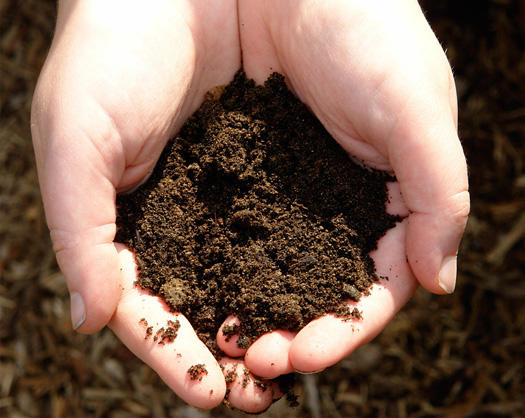 We know more about outer space than the soil we walk on. It is estimated that there are between 1 and 2 Billion organisms in a hand full of soil. It is a subterranean jungle with predators feasting on their unwary prey. It would be an education of a life time if we could be reduced in size and beamed down to a microscopic subterranean submarine, our capsule ship, and navigate the world beneath our feet.
We know more about outer space than the soil we walk on. It is estimated that there are between 1 and 2 Billion organisms in a hand full of soil. It is a subterranean jungle with predators feasting on their unwary prey. It would be an education of a life time if we could be reduced in size and beamed down to a microscopic subterranean submarine, our capsule ship, and navigate the world beneath our feet.
What would we see? Come, let me describe briefly what is there. There would be darkness, therefore, we would have to have lights. With our lights on we discover a world of solid particles and space. The solid particles range from the smallest, clay particles, to l,000 times larger, sand, and between these particles is air space with water clinging to the surfaces of the particles. We have to be careful, because 5 percent of the particles is black, thick organic matter. Our capsule could become stuck and pulled into a high negative field of the organic matter. If this happens we could increase the negative force of our ship and drift away.
As we navigate our ship away from the organic matter and clay particles, we begin to enter into an area of large solid particles, sand, with large spaces, pores, between them. There is less water and negative field force. In some areas it seems like we are in large caverns and in normal conditions the water doesn’t seem to cling as much to the sand particles as it did to the clay.
We can navigate easier in the water faction of the soil with our biological sensors on. The sensors are detecting more and more bacteria the size of clay particles. As the number of bacteria counts increase, our ship seems to be drawn closer and closer to some type of biological body. We are entering a dark fluid. We are in the field of a root absorbing water and nutrients. The dark fluid is the rhizosphere containing a very large number of micro-organisms influenced by the root. Most of the micro-organisms are colonies of bacteria and large fungi. This is action ally. This is where most of the biological action occurs in the soil. We need to reverse this pull and back away, lest we are adsorbed against the root outer cell walls.
There is much more to our adventure. Learn more by taking the Soil Management course at Midlands Technical College. The class will be taught at the Northeast Campus, from Feb 10, 2014 to March 24, 2014 each Monday from 6:00 PM to 9:00 PM.
This article was written by “Professor Ron” for the 2400 subscribers of the SOUTHERN MASTER GARDENING, A MONTHLY NEWSLETTER BY Jungle Taming





